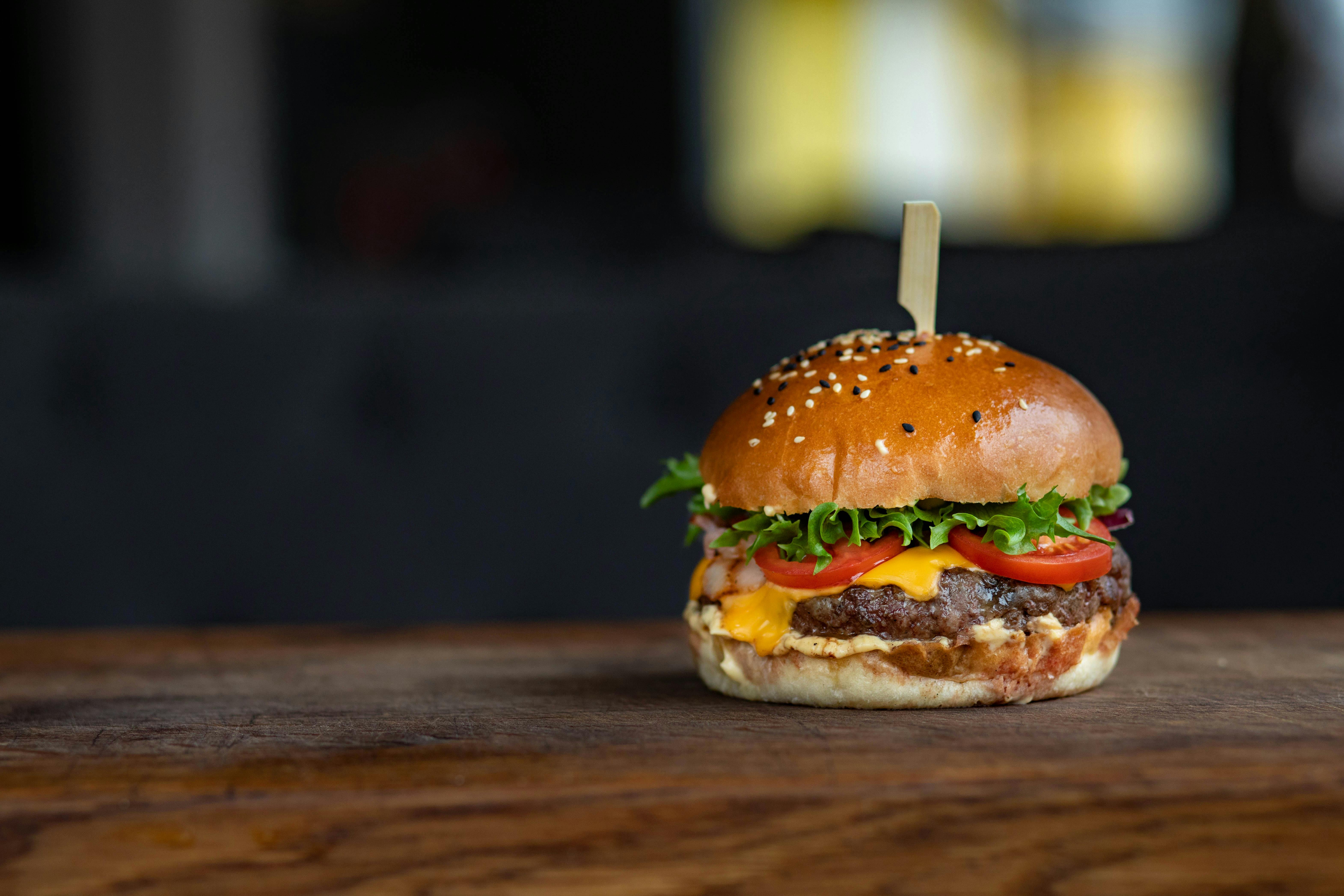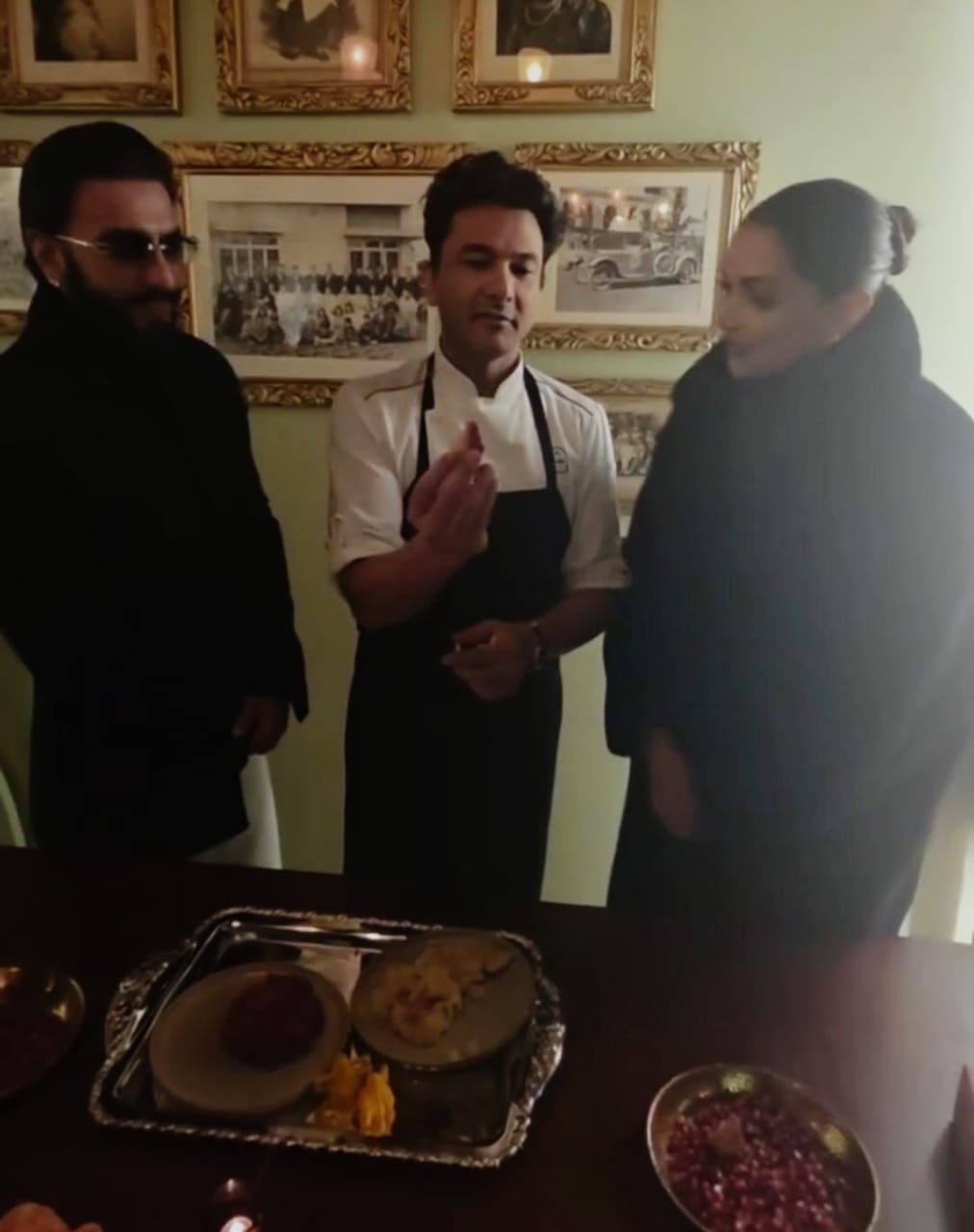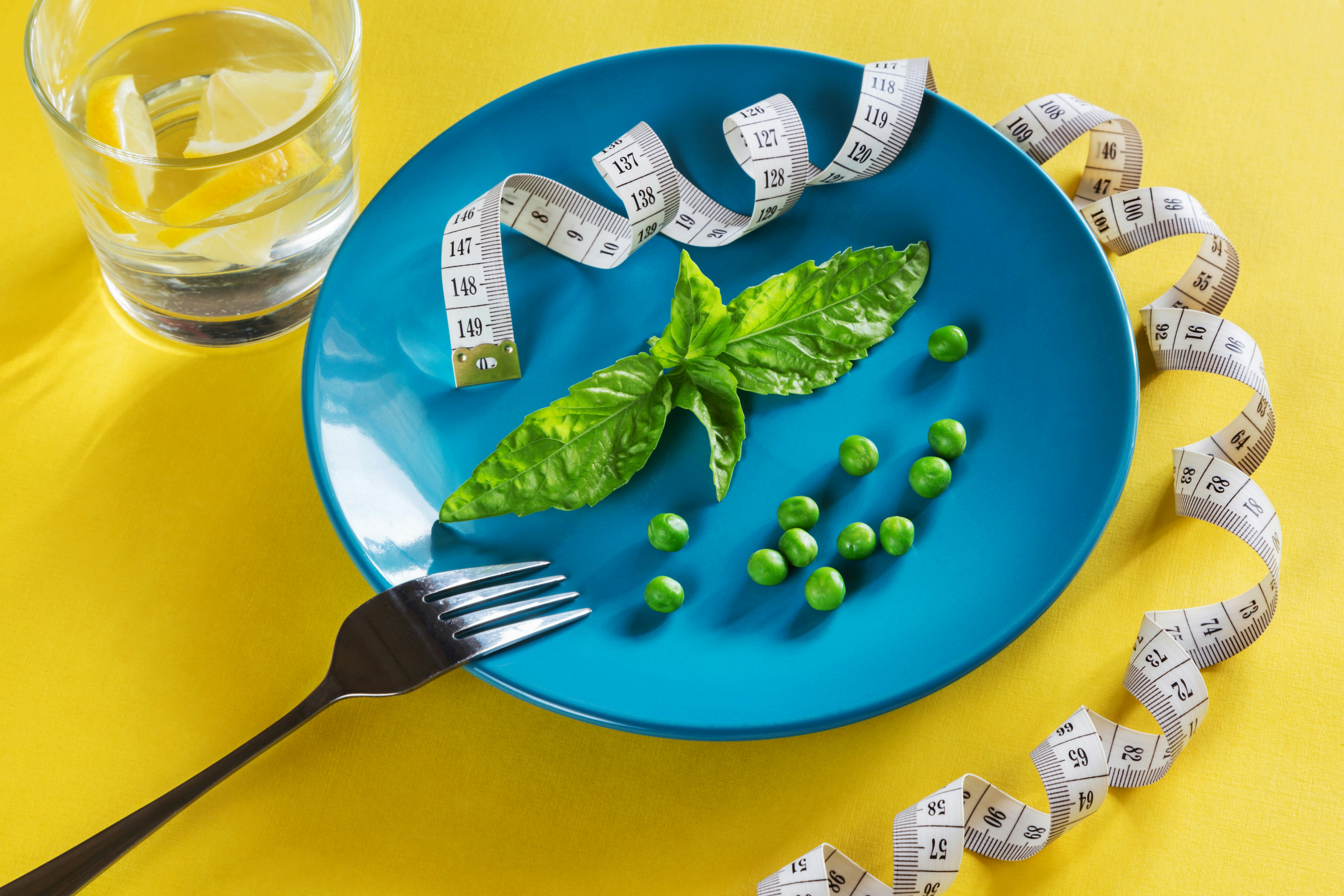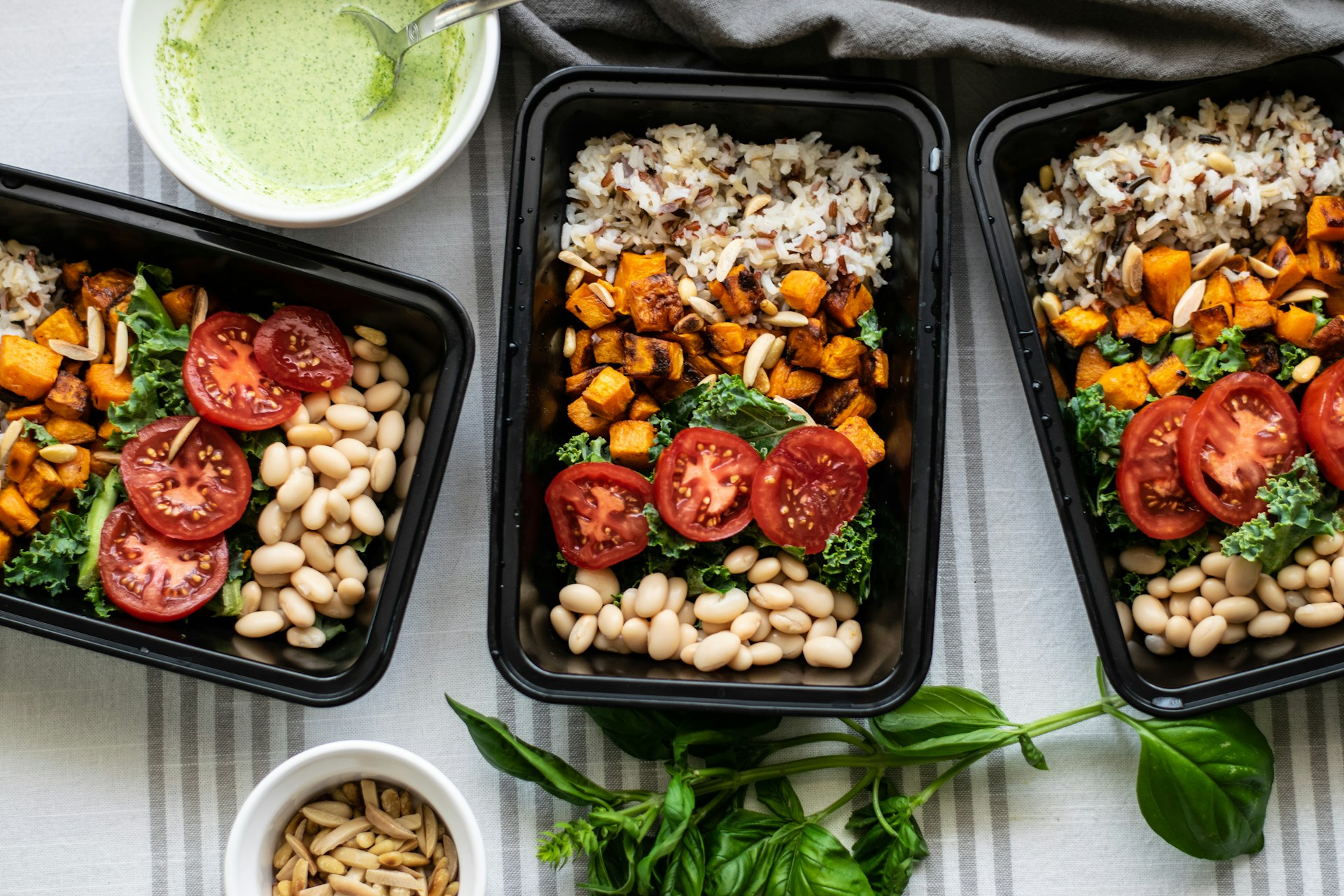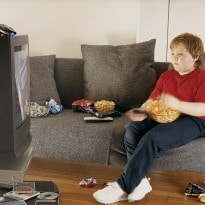Eating while watching TV can cause you to gorge on more snacks.The findings suggest that having formal meals at a table rather than grabbing food while on the run or in front of a TV could help dieters to cut down on unhealthy snacking. Suzanne Higgs, psychologist who led the research at the University of Birmingham, said focusing on the flavour and texture of food while eating seemed to be the best way to decrease snacking.
"We think it is linked to memory and the way it influences our food intake. When we are making decisions about what we are going to eat, we are unconsciously factoring in information from our memories about what our last meal was," said Higgs, according to the Telegraph. "The reason why people ate more later after watching television was because it impaired the encoding of that meal into their memory," said Higgs. Volunteers were asked to eat a sandwich and crisps for lunch before being offered biscuits in a tasting session later in the afternoon. One group was asked to think about the flavour, texture and smell of the food as they ate while another group were given an article about food to read. The third group were left to eat their food without any tasks. Members of the group who were left to eat without instructions and those who had been reading ate around two and a half more biscuits on average than those who were asked to concentrate on the taste of their lunch.
"We think it is linked to memory and the way it influences our food intake. When we are making decisions about what we are going to eat, we are unconsciously factoring in information from our memories about what our last meal was," said Higgs, according to the Telegraph. "The reason why people ate more later after watching television was because it impaired the encoding of that meal into their memory," said Higgs. Volunteers were asked to eat a sandwich and crisps for lunch before being offered biscuits in a tasting session later in the afternoon. One group was asked to think about the flavour, texture and smell of the food as they ate while another group were given an article about food to read. The third group were left to eat their food without any tasks. Members of the group who were left to eat without instructions and those who had been reading ate around two and a half more biscuits on average than those who were asked to concentrate on the taste of their lunch.
Advertisement
